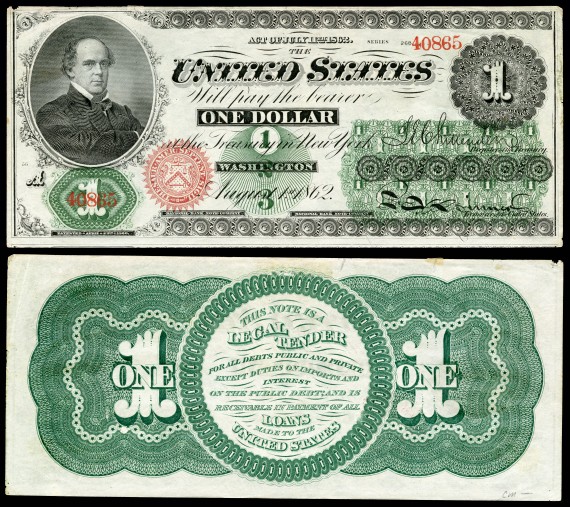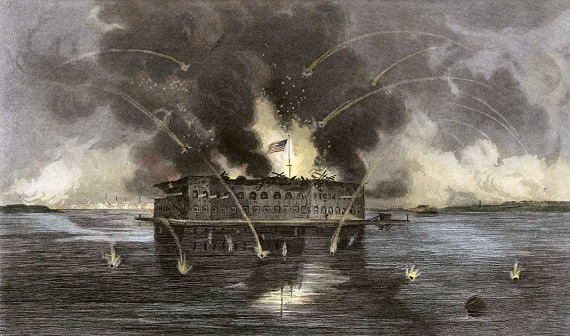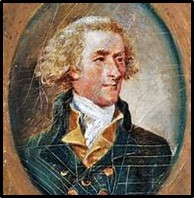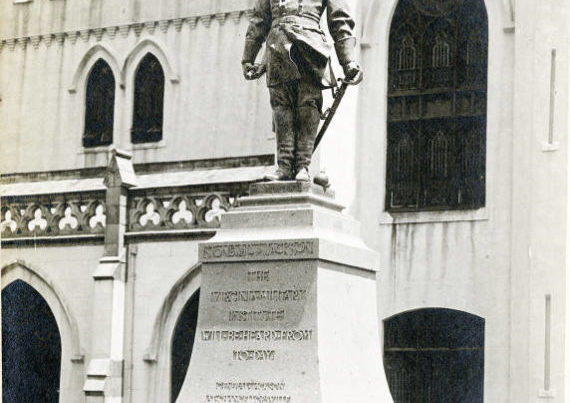Wouldn’t it be great if an act of Congress enabled your federal government bonds to be worth twice what you paid for them?
That’s precisely what happened for many federal Civil War bond investors during the Reconstruction Era.
In the second year of the War in 1862 it was obvious the federal government could not finance the war without creating new financial instruments and issuing an unprecedented amount of bonds. Federal indebtedness increased from $65 million to $2,700 million during the war. The federal government also issued about $450 million in greenback paper currency. Greenbacks were legal tender for all debts except for customs duties, which still had to be paid in gold.
Consequently, the value of the greenback dollar fluctuated in relation to the gold dollar based upon market confidence, or lack of it, that greenbacks would ultimately be redeemed in gold at face value. In June 1864, for example, the market quote required 2.7 greenback dollars to buy a single gold dollar. In reciprocal terms, 37 cents in gold could be exchanged for a greenback dollar.
The differential created an arbitrage opportunity in the US Government Bond market. Suppose an investor had $1,000 in gold when the exchange rate was two greenbacks for each gold dollar. Thus, the she could exchange her gold for $2,000 in greenbacks to purchase a like amount of federal war bonds with an interest rate of – say – 6% annually. Since the US Treasury was required to pay bond interest in gold, she would collect $120 of interest annually instead of a mere $60. Basically, she doubled her annual investment yield from 6% to 12%.
But eventually she discovered a bigger opportunity. She lobbied Congress to redeem her bonds at par in gold. Because she represented herself as a “sound money” advocate – instead of someone who would personally profit – four years after the end of the war the government decided that all bonds would be redeemed at par in gold when they mature. Therefore her $1,000 gold investment would be returned as $2,000 in gold when her bond matured. Until then our shrewd lady earned a 12% annual interest rate on her original $1,000 gold investment.
As the logical reader no doubt concludes, when investors get “something extra for nothing” somebody else pays for it. The “somebody else” is composed of the taxpayers who didn’t own federal war bonds. Many Northern families bought the bonds, which were aggressively marketed by Jay Cooke & Company to individuals instead of institutions. The chief group of taxpayers who did not hold such bonds was Southerners, black and white.
The federal government paid-off the Civil War bonds over a period of decades after the war. Non-bondholders not only had to pay their share of the taxes to repay the bonds, but also had to help fund the extra bonus that par value gold redemption provided.






